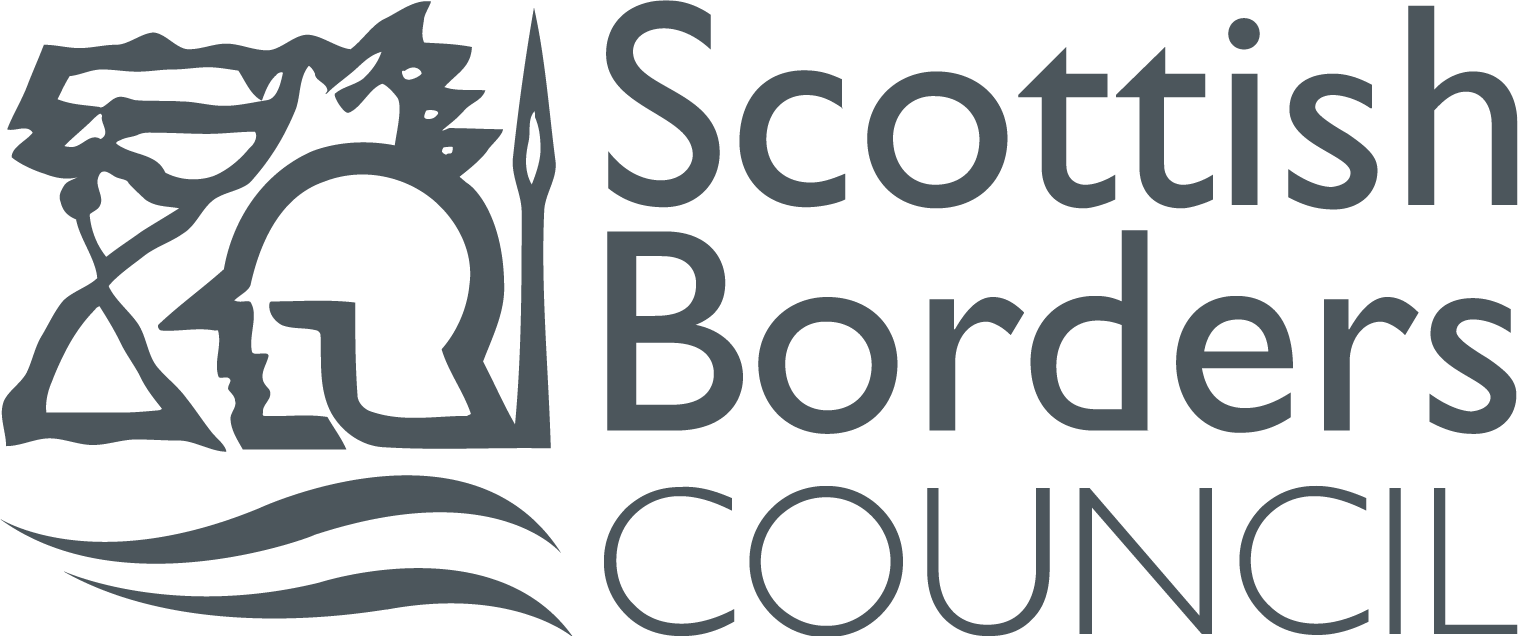- Following a review of Borders Health and Social Care Partnership PPE guidance by the PPE Committee, the decision has been taken to update our guidance for staff to be consistent with national guidance which is based on the latest evidence to keep you safe
- This update reflects the fact that this national guidance was in use in many Boards prior to and throughout the second COVID-19 wave and is therefore considered to be safe and effective both now and during any future COVID-19 waves. Importantly, there is also emerging evidence of infection risks associated with the inappropriate use of PPE which this updated guidance addresses
- The guidance, which can be accessed via the Health Protection Scotland website, outlines what PPE frontline health and social care workers should be wearing in different scenarios
- Please note that the guidance on routine use of face masks in health and social care settings remain unchanged
- The level of PPE continues to be determined by the task being undertaken and the COVID-19 patient pathways which are unchanged
- It is important that the need for PPE required for any other known or suspected pathogens is also risk assessed
What has changed?
We previously advised staff to wear apron and gloves within two metres of any patient or client on the medium and high risk pathways. Staff should now risk assess the need for gloves and apron using the table below which is copied from the national guidance:
| PPE used | Low-risk pathway (green | Medium-risk pathway (amber) | High-risk pathway (red) |
|---|---|---|---|
| Gloves | If contact with blood and body fluid (BBF) anticipated, then single use | If contact with BBF is anticipated, then single use | Worn for all direct patient care, single use |
| Apron or gown | If direct contact with patient, their environment or BBF is anticipated (gown if extensive splashing is anticipated), then single use | If direct contact with patient, their environment or BBF is anticipated (gown if extensive splashing is anticipated), then single use | Always within two metres of a patient (gown if extensive splashing is anticipated), then single use |
| Face mask | Always within two meters of patient, type IIR fluid resistant surgical face mask | Always within two meters of patient, type IIR fluid resistant surgical face mask | Always within two meters of patient, type IIR fluid resistant surgical face mask |
| Eye and face protection | If splashing or spraying with BBF including coughing/sneezing anticipated, single use or reusable following decontamination | If splashing or spraying with BBF including coughing/sneezing anticipated, single use or reusable following decontamination | Always within two metres of patient, single use, sessional or reusable following decontamination |
PPE guidance when undertaking an Aerosol Generating Procedure (AGP) remains unchanged.
What does this change mean in practice?
The majority of patients across acute (BGH) and community settings including patients receiving care in their home or in community hospitals, mental health and care homes are on the medium risk pathway.
For these medium risk patients you only need to wear gloves if you anticipate that your hands will come into contact with blood or body fluids. You only need to wear an apron if you are going to have direct contact with either the patient or their environment.
Remember to comply with the WHO five Moments for hand hygiene:
- before touching a patient
- before clean/aseptic procedures
- after body fluid exposure/risk
- after touching a patient, and
- after touching patient surroundings
It is important that you assess the risk of each patient to establish which pathway they are on. Check that the patient does not have COVID-19 symptoms and is not confirmed or suspected COVID-19 or had contact with a confirmed case. If you are unsure then the patient should be considered high risk.
Please remember that all PPE is single use with the exception of fluid resistant surgical masks and FFP3 masks when worn during unit wide airborne precautions.
Dispose of PPE immediately after use and then wash your hands.
